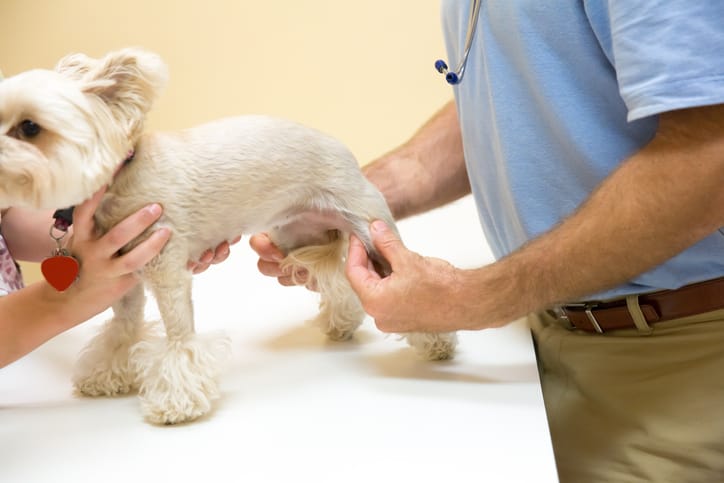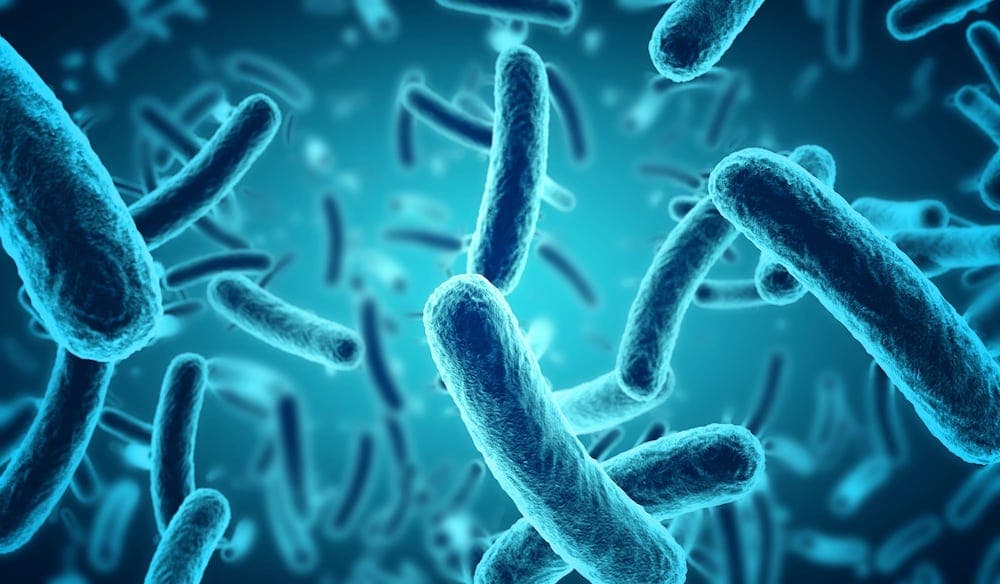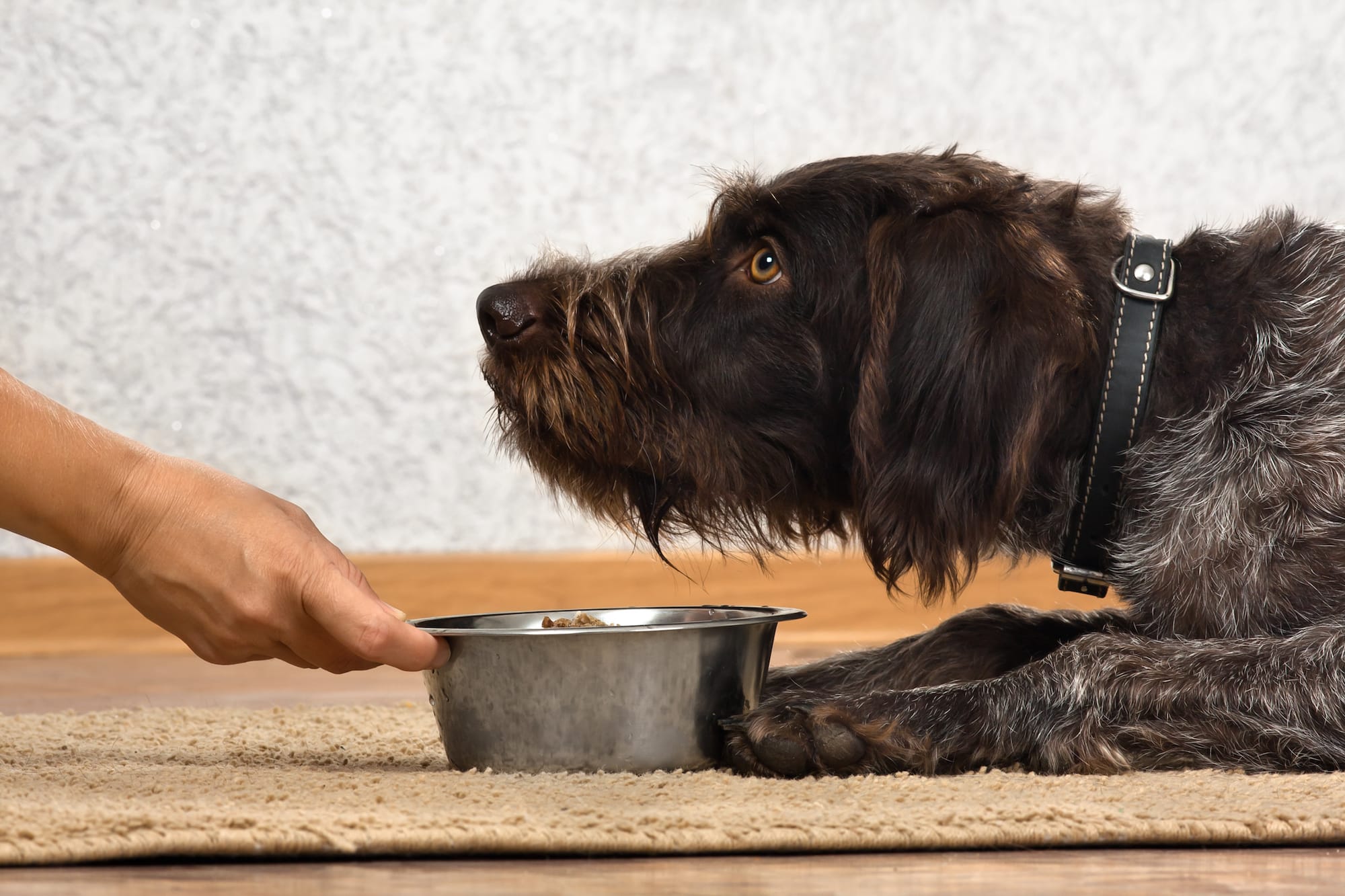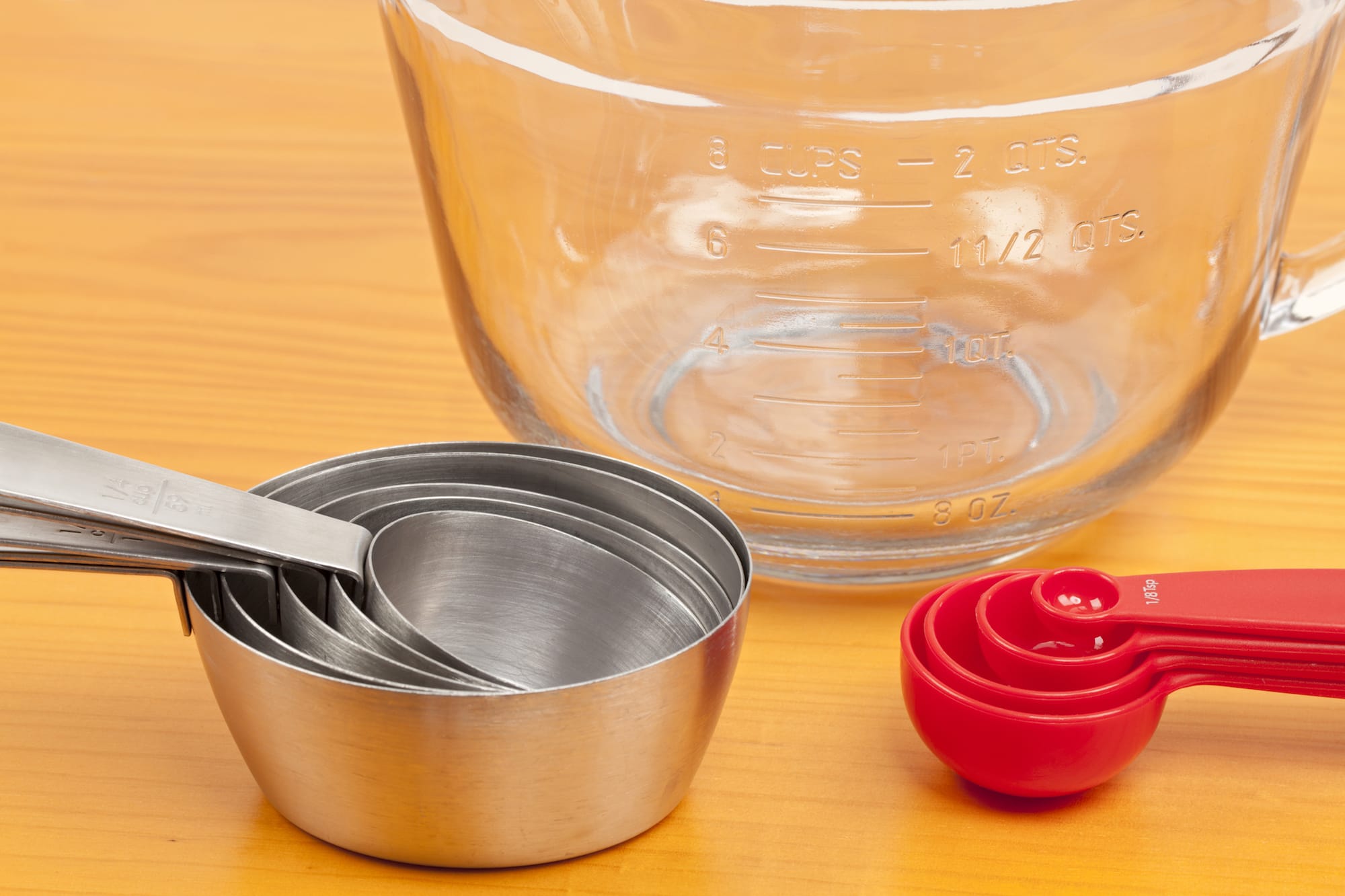Learn : Health & Wellness
The Microbiome and Your Pet's Joints
Wear and tear is a normal part of aging. Getting up and lying down can be hard as your pet gets older—their joints just aren’t what they used to be.
Over time, protective cartilage between their joints breaks down, allowing the adjacent bones to rub together1-3 This deterioration, known as osteoarthritis, causes pain and stiffness that can make it difficult for your pet to walk3.
Another kind of arthritis also assaults joints: inflammatory arthritis. Rheumatoid arthritis4 is an autoimmune disease where the body’s immune system attacks its own tissue. In this case, it attacks the joints. Unlike osteoarthritis, however, rheumatoid arthritis targets the area around joints—not only the cartilage between them. The result is painful swelling and inflammation that can damage bone. Inflammation is the body’s response to an intruder or injury; it is a sign that the immune system is fighting off potential infections5.
While what we call “rheumatoid arthritis” is a human disease. Pets can get something similar, it just falls under a different name: Immune-mediated polyarthritis (IMPA)6,7. There are two types in pets: erosive and non-erosive. Erosive, the kind that damages bone and cartilage, is rare and only accounts for 1% of cases in dogs6.
Research has tied family history (genetics) and environmental factors to rheumatoid arthritis in humans. But studies have linked bacteria to the disease as well. So how are bacteria involved in a condition where our body is fighting with itself?
What’s the Microbiome Got To Do With It?
Since human rheumatoid arthritis is tied to inflammation and the immune system—and isn’t fully explained by genetics8—scientists have homed in on other factors.
Part of their interest is in the microbiome—the collection of resident microbes that live on and in us. The bacteria that make up the microbiome have important roles in digesting nutrients and keeping their host healthy. For example, bacteria help animal immune systems develop to fight off pathogens9.
The idea that bacteria might be involved in rheumatoid arthritis is not new10 Scientists have spent more than 100 years trying to link oral and gut microbes to the disease. But recent advances in DNA sequencing technologies have allowed researchers to connect the presence or absence of certain bacteria with various diseases such as inflammatory bowel disease or cancer.
To date, research into the microbiome’s effect on inflammatory arthritis has been done in human and mouse models of disease—not pets. But other studies have described similarities between pet gut microbiomes and ours11; so it’s possible that links between human rheumatoid arthritis and the microbiome might one day also translate to our furry companions.
Joints and Microbes
In 1909, a scientist named Carl Warden proposed what he called a “toxemic factor” as the cause of rheumatoid arthritis10,12. He suspected that bacteria in the gut produced a “noxious substance” that was absorbed into the body, which then began to attack its own joints12.
In the years since, studies have continued to build on the ties between arthritis and bacteria. One study from 1979 discovered that rats without any microbes living on or in them—called germ-free—developed severe joint inflammation when they were exposed to dead bacteria13. Another more recent study from 2013 found that people with rheumatoid arthritis are more likely to have the bacterium Prevotella copri in their stool14, which could mean it has a role in disease.
Gut bacteria also seem to be associated with psoriatic arthritis—another inflammatory disease16. In one study, patients with psoriatic arthritis had lower levels of certain intestinal bacteria compared to healthy people, including those with weird names like Akkermansia and Pseudobutyrivibrio.
But the gut likely isn’t the only region of the body where bacteria impact the joints. Oral bacteria have long been suspects of interest10. For instance, one study from 2013 reported that Porphyromonas gingivalis—a bacterium found in the mouth that can cause inflamed gums—could cause immune responses typical of rheumatoid arthritis15.
These links may extend beyond rheumatoid and psoriatic arthritis to include osteoarthritis. A study from 2018 found that obese mice fed a high-fat diet had a different gut microbiome than their lean counterparts and their joints deteriorated more rapidly17. While excess weight could have easily been the driving factor behind joint pain, when the obese mice were given prebiotics—nutrients to promote the growth of specific bacteria—their symptoms improved.
Future treatments?
Treatments for various types of arthritis might one day include a dose of beneficial microbes. Carl Warden, for instance, reported in 1909 that giving patients milk containing live Streptococcus lacticus and Bacillus bulgaricus cultures helped symptoms of inflammatory arthritis in some patients18.
Today, scientists still aren’t sure whether probiotics—ingestible cultures of live bacteria—are beneficial in arthritis treatment or not19. The results from various studies stemming from Warden’s initial observations have been inconsistent. This could be because the supplements are lacking the right strains of bacteria or because it depends on the person—additional studies are needed and most certainly underway.
While research has been done in humans and animal models of disease, stay tuned for what scientists learn in pets. Future research could find similar links among gut bacteria and various types of arthritis, which would be a step toward making our beloved pets more comfortable.
References
1. Osteoarthritis - Symptoms and causes. Mayo Clinic (2018). Available at: https://www.mayoclinic.org/diseases-conditions/osteoarthritis/symptoms-causes/syc-20351925. (Accessed: 11th April 2019)
2. Osteoarthritis in Cats | American College of Veterinary Surgeons - ACVS. Available at: https://www.acvs.org/small-animal/osteoarthritis-in-cats. (Accessed: 11th April 2019)
3. Osteoarthritis, Arthritis - Dogs | Degenerative Joint Disease | petMD. Available at: https://www.petmd.com/dog/conditions/musculoskeletal/c_multi_arthritis_osteoarthritis. (Accessed: 11th April 2019)
4. Rheumatoid arthritis - Symptoms and causes. Mayo Clinic (2019). Available at: https://www.mayoclinic.org/diseases-conditions/rheumatoid-arthritis/symptoms-causes/syc-20353648. (Accessed: 11th April 2019)
5. What is an inflammation? (Institute for Quality and Efficiency in Health Care (IQWiG), 2018).
6. Kiss, C. M., Troy, G. C. & Others. Recognizing and treating immune-mediated polyarthritis in dogs. Vet. Med. 106, 140–150 (2011).
7. Immune mediated polyarthritis (IMPA) in Dogs and Cats. Find a Vet Specialist (2015). Available at: https://vetspecialists.com/immune-mediated-polyarthritis-impa/. (Accessed: 9th April 2019)
8. Wells, P. M., Williams, F. M. K., Matey-Hernandez, M. L., Menni, C. & Steves, C. J. ’RA and the microbiome: do host genetic factors provide the link? J. Autoimmun. (2019). doi:10.1016/j.jaut.2019.02.004
9. Thaiss, C. A., Zmora, N., Levy, M. & Elinav, E. The microbiome and innate immunity. Nature 535, 65–74 (2016).
10. Scher, J. U. & Abramson, S. B. The microbiome and rheumatoid arthritis. Nat. Rev. Rheumatol. 7, 569–578 (2011).
11. Swanson, K. S. et al. Phylogenetic and gene-centric metagenomics of the canine intestinal microbiome reveals similarities with humans and mice. ISME J. 5, 639–649 (2011).
12. Scher, J. U., Littman, D. R. & Abramson, S. B. Microbiome in Inflammatory Arthritis and Human Rheumatic Diseases. Arthritis Rheumatol 68, 35–45 (2016).
13. Kohashi, O. et al. Susceptibility to adjuvant-induced arthritis among germfree, specific-pathogen-free, and conventional rats. Infect. Immun. 26, 791–794 (1979).
14. Scher, J. U. et al. Expansion of intestinal Prevotella copri correlates with enhanced susceptibility to arthritis. Elife 2, e01202 (2013).
15. Lappin, D. F. et al. Influence of periodontal disease, Porphyromonas gingivalis and cigarette smoking on systemic anti-citrullinated peptide antibody titres. J. Clin. Periodontol. 40, 907–915 (2013).
16. Scher, J. U. et al. Decreased bacterial diversity characterizes the altered gut microbiota in patients with psoriatic arthritis, resembling dysbiosis in inflammatory bowel disease. Arthritis Rheumatol 67, 128–139 (2015).
17. Schott, E. M. et al. Targeting the gut microbiome to treat the osteoarthritis of obesity. JCI Insight 3, (2018).
18. Warden, C. C. THE TOXEMIC FACTOR IN RHEUMATOID ARTHRITIS. Cal. State J. Med. 7, 299–301 (1909).
19. Pan, H., Li, R., Li, T., Wang, J. & Liu, L. Whether Probiotic Supplementation Benefits Rheumatoid Arthritis Patients: A Systematic Review and Meta-Analysis. Proc. Est. Acad. Sci. Eng. 3, 115–121 (2017).
10. Swanson, K. S. et al. Phylogenetic and gene-centric metagenomics of the canine intestinal microbiome reveals similarities with humans and mice. ISME J. 5, 639–649 (2011).



 Microbiome And Its Relationship To Health
Microbiome And Its Relationship To Health
 Microbiome And Pet Health
Microbiome And Pet Health
 Ways to Help My Resource Guarding Dog at Mealtime
Ways to Help My Resource Guarding Dog at Mealtime
 Microbes in the Gut
Microbes in the Gut
 Dog Food Types & Cost Comparison
Dog Food Types & Cost Comparison
 Determining Dog Food Portion Size
Determining Dog Food Portion Size